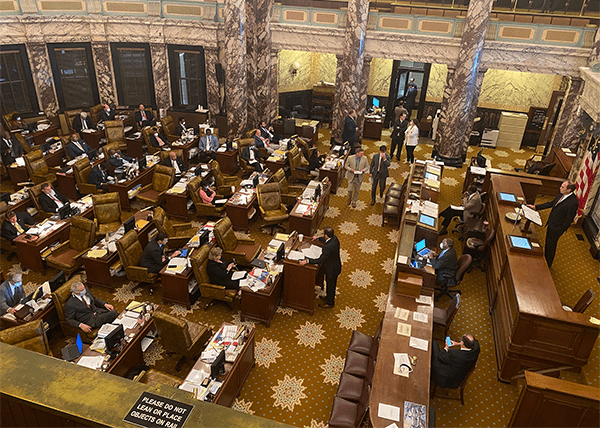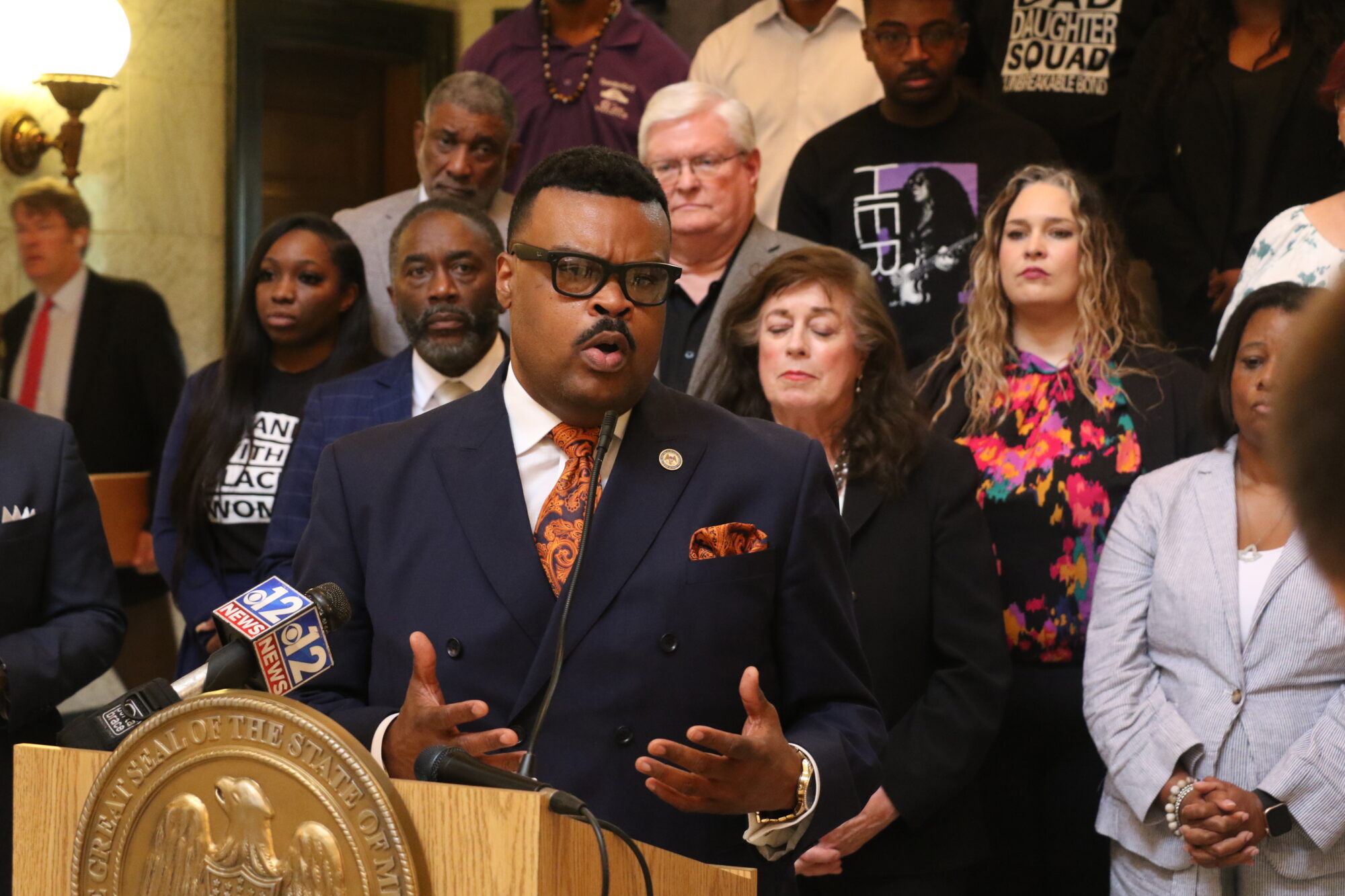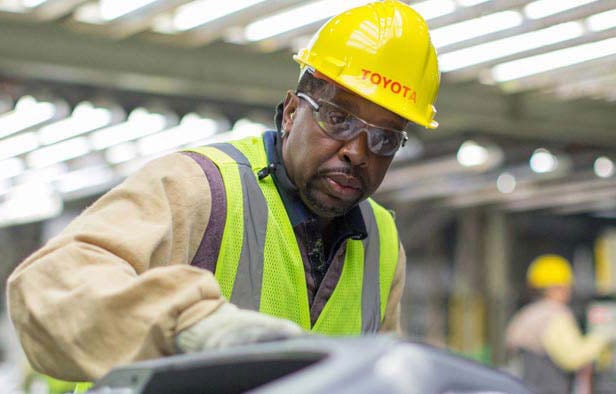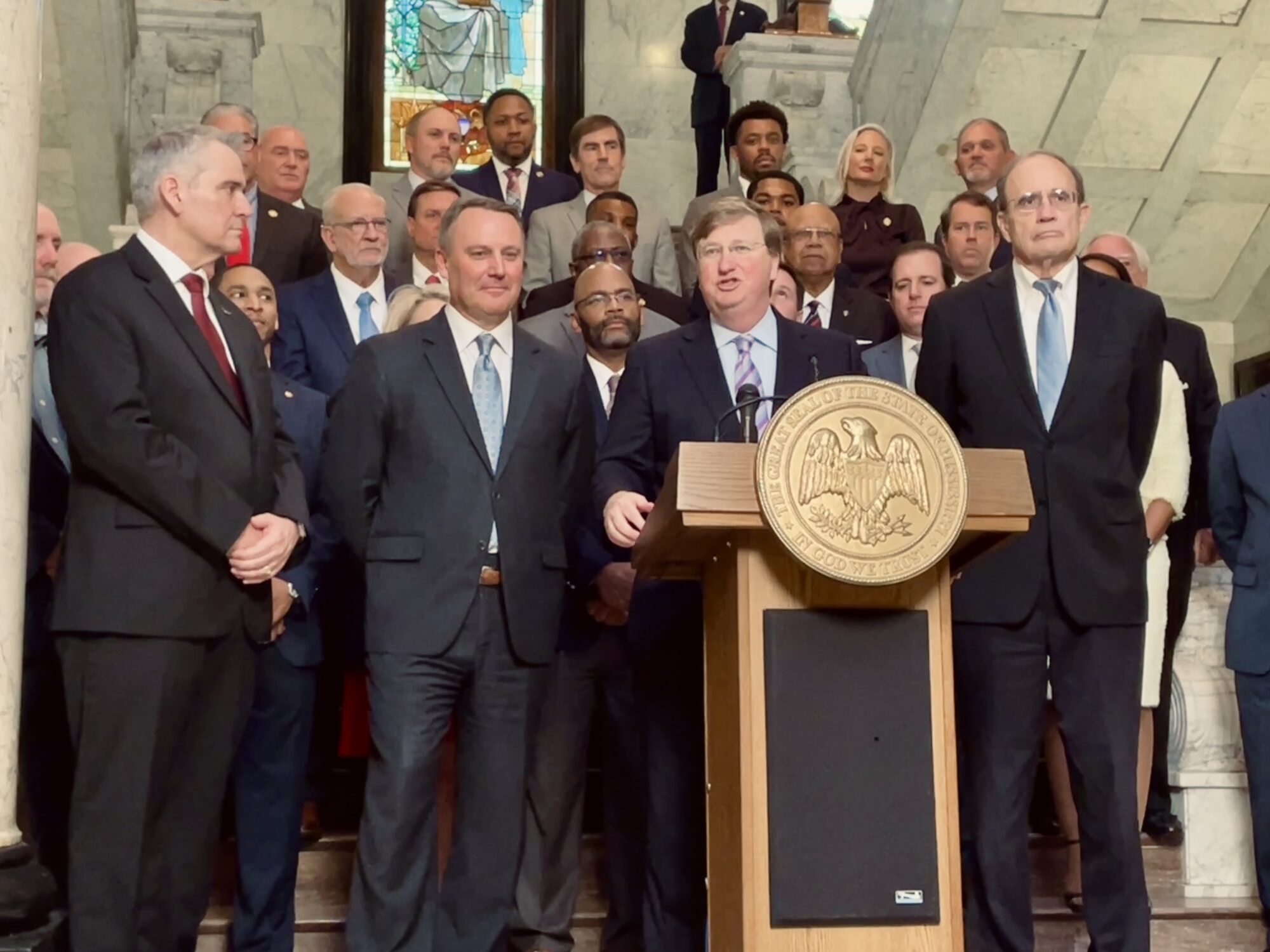
Studio portrait of Sid Salter. (photo by Beth Wynn / © Mississippi State University)
By: Sid Salter
After the national fabric was almost rent in twain during the bitter fight over the confirmation of now Associate Supreme Court Justice Brett Kavanaugh, what next for the U.S. Supreme Court?
The short answer is judicial business as usual.
Many in the media have falsely interpreted the growth and scope of the #MeToo movement in America as a signal that both the political and judicial processes associated with the selection of Supreme Court justices have somehow changed with the same fierce speed with which the national culture now regards men who used power or position to abuse women.
Kavanaugh has been sworn in to a life term on the court. While there are partisan rumbles and threats of additional investigation of the lurid allegations against Kavanaugh and political saber-rattling of a potential congressional impeachment attempt down the road, the fact is that no Supreme Court justice has ever been successfully impeached in the nation’s history.
Associate Justice Samuel P. Chase – the only Supreme Court justice to face impeachment – was impeached by the House in 1804 and acquitted by the Senate in 1805. History recorded the impeachment attempt – led by President Thomas Jefferson – as a largely partisan effort to eliminate a political enemy that failed in a rather spectacular fashion. That failure went a long way toward protecting the nation’s highest court from such efforts.
Kavanaugh’s nomination was confirmed by a razor-thin 50-48 vote of the U.S. Senate, a vote marred by protests both in the Senate chamber and outside the U.S. Capitol Building.
But impeachment of a Supreme Court justice is an onerous and difficult business. First, a majority of the U.S. House must approve an impeachment indictment and then a two-thirds majority of the U.S. Senate must convict for the Supreme Court justice to lose their office.
That’s the political bar that must be cleared. The legal test is a more difficult one of convincing members of the House and Senate that a justice is guilty of “high crimes and misdemeanors” – the definition of which is vague in the extreme. Suffice to say that the Congress can define “high crimes and misdemeanors” as they wish – but the want of a Senate supermajority to convict makes achieving that difficult if not impossible absent a criminal conviction or an inarguably impending conviction.
Short of congressional realignment, neither the narrow margin of Kavanaugh’s Senate confirmation nor the depth of partisan anger and vitriol against him over the allegations lodged against the jurist seem particularly threatening to his lifetime tenure on the high court. Justice Clarence Thomas, now 70, took his seat on the Supreme Court bench in 1991.
Partisans on both sides of the Kavanaugh confirmation battle pointed to similarities and parallels between the paths of the two judges to the Supreme Court. Following his appointment by President George H.W. Bush and a bruising Senate confirmation hearing that focused on sexual harassment allegations from former employee Anita Hill, Thomas was confirmed by a 52-48 majority. Thomas now is the high court’s senior member.
Likely the answer to the question of “what next for the Supreme Court” is more complex and nuanced. For all the rhetoric, angst and anger over the allegations from Dr. Christine Blasey Ford and others against Kavanaugh, there remain three bedrock issues that rise to review by the high court that inflame political passions in Democrats and Republicans alike – abortion, guns, and the death penalty.
Proponents of gay rights and LGTBQ issue argue that their concerns have begun to displace the death penalty in that judicial pecking order. Separation of powers issues – in these hyper-partisan times, are also top shelf concerns.
With Justice Ruth Bader Ginsburg now 85 years old, perhaps the more cogent question is whether the vicious battle waged over the Kavanaugh nomination by President Trump will become the new normal? Trump’s first high court nominee, Justice Neil Gorsuch, attended the same Jesuit prep school as Kavanaugh but did not face any allegations of sexual misconduct.
Gorsuch was confirmed by a vote of 54-45 by essentially the same U.S. Senate that gave Kavanaugh at 50-48 nod.











